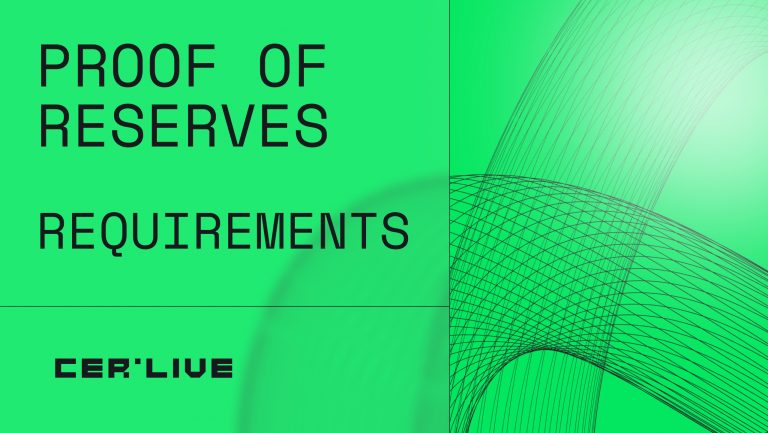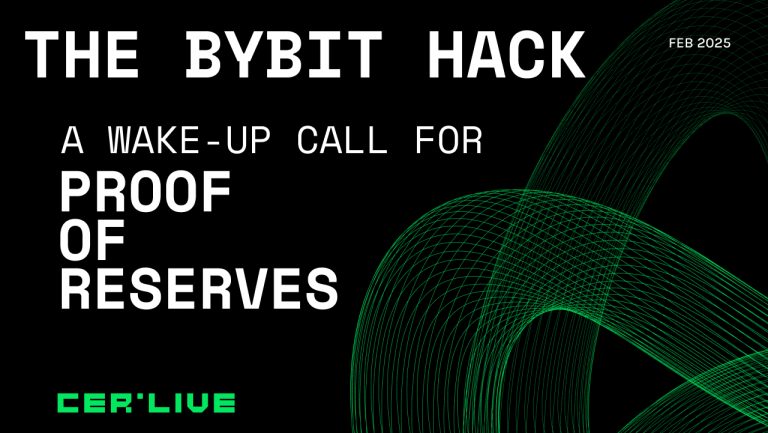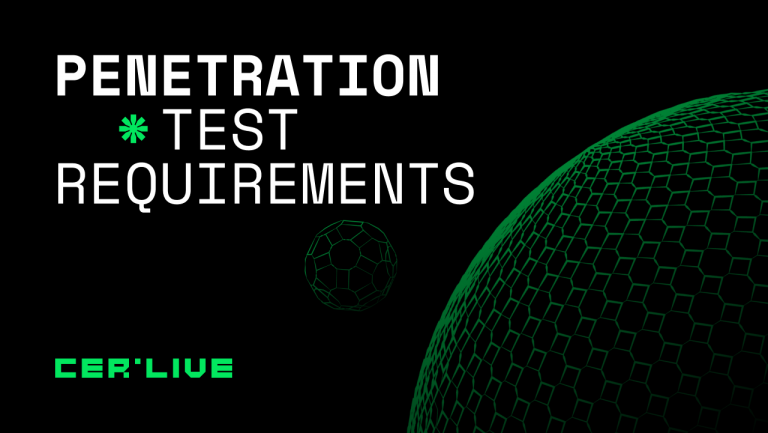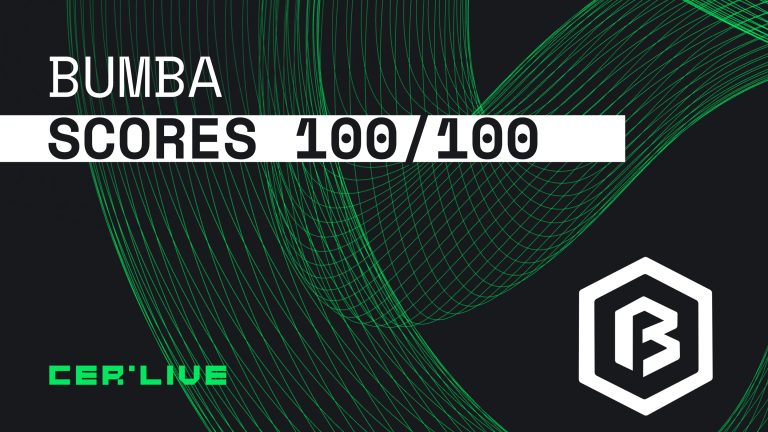Proof of Reserve Requirements

In this article, we will explore what constitutes a high-quality Proof of Reserves (PoR) audit required for certification on CER.live. Proof of Reserves audits play a crucial role in assessing the financial transparency and reliability of cryptocurrency exchanges, making them essential for ensuring user trust and regulatory compliance.
To achieve certification on CER.live, exchanges must meet specific requirements outlined in the PoR assessment methodology. A top-tier PoR audit must include several key components designed to verify accuracy, transparency, and thoroughness in demonstrating exchange asset holdings against user liabilities. Here are the essential characteristics required for an effective Proof of Reserves audit report:
1. Third-Party Audit Requirement
- The Proof of Reserves audit must be conducted by a reputable third-party auditing firm with demonstrated expertise in blockchain asset verification.
- The audit report should not be older than one year from the date of submission.
2. Assessment Methodology Clarity
- The executive summary should clearly outline all assessment points as defined in the methodology.
- Any deviations or limitations in the assessment process must be explicitly stated.
3. Assets and Liabilities Disclosure
- The executive summary must include details of all in-scope assets covered in the audit.
- It should provide a clear presentation of the liabilities vs. reserves ratio for each in-scope asset.
- Any significant changes in asset holdings since the last audit must be disclosed.
4. User Coverage Transparency
- The executive summary should explicitly state the number of in-scope audited users compared to the total number of platform users.
- It must specify whether the sample size or methodology used provides a reliable representation of the exchange’s liabilities.
5. Proof of Ownership Verification
- The executive summary must clearly state whether all provided reserve wallets successfully passed the verification process.
- It should specify the methods used for Proof of Ownership, such as:
- Signature Verification (e.g., cryptographic signing by the exchange)
- Send-to-Self Transactions (demonstrating control over reserve wallets)
- Other Approved Methods (if applicable, with explanations)
6. Proof of Liabilities Methodology
- The executive summary must describe the approach used to verify liabilities, including whether user liabilities were verified cryptographically (e.g., Merkle tree proof) or by other means.
- Any exclusions, assumptions, or limitations in liability verification must be stated.
7. Asset Composition in Total Reserves
- The summary must include a ratio indicating how much of each asset is held within the exchange’s total reserves.


